incl. VAT plus shipping costs
Immediate delivery, express possible ![]()
More than 20 Articles in stock
Delivery only innh. Germany and Austria possible.
Switch to the German store
- Item no: 7030
Fast delivery times
All products are in stock with us!14 years of breeding experience
Let our team of experts advise you!High customer satisfaction
from over 3,000 reviews "| Water values: | soft to hard |
| Origin: | Asia |
| Pelvic region: | Center |
| with dwarf crabs?: | No |
| with snails/shells?: | conditional* (see description) |
| Difficulty: | 1 - Simple |
| Final size: | 4-8 cm |
| Planting possible?: | Yes |
| Visual effect: | Especially colorful |
| Breeding: | simply |
| Aquarium size: | 54 l (approx. 60cm) |
| Diet: | carnivore - meat eater |
| Fish group: | Labyrinth fish |
| with shrimps?: | with shrimps > 6 cm |
| Temperature: | 25-30 °C |
Betta splendens, the so-called fighting fish, originates from oxygen-poor waters of Asian rice-growing areas, as well as standing and flowing freshwaters from the islands around Bali to Indonesia over the Milanese peninsula to Laos, Vietnam, Myanmar, Thailand and Cambodia and enjoys due to its simple attitude increasingly in the aquaristics. Originally the Betta splendens was domesticated for fish fights due to its natural high aggression potential towards other (fighting) fish, which unfortunately still enjoys great popularity in the Thai tradition.
Due to its relatively easy re-breeding as well as the meanwhile more and more increasing colorful and changeable breeding forms and the rather low keeping requirements, it is a popular labyrinth fish - the Comb Tail is one of them. Fighting fish males are characterized above all by their sometimes very large fin shapes and their bright colors. This strict loner can become very trusting if given enough attention- and mosquito larvae.
When fully grown, fighting fish differ mainly in color and fins, with the males outranking the females in almost every case. The colors of the males are much more intense, also the fins are sometimes more than three times as large. The females usually form pastel-colored tones, with relatively short fins (which concludes on a corresponding breeding form), which also show color beginnings. When young fighting fish grow up together, they start to show their first colors from about 6-8 weeks on, provided they are well fed. For the time being, all animals seem to be females, as especially these show so-called "stress stripes" - lighter lines along the body. Even if females develop a spawning papilla, this is not always a sex characteristic. Because young suppressed fighting fish males can "camouflage" themselves as females in color, sex determination at a young age is difficult. It is easier to observe the group, which should be separated after 3 months at the latest anyway, as the males increasingly go on to attack their siblings. Even though female fighting fish can be kept in the group, they also know how to defend themselves against their overly pushy brothers and can seriously injure them. It has happened that a male suppressed in an originally sorted female group suddenly rediscovers his masculinity.
Breeding is possible in several ways. The most common method is probably to keep both animals individually and without visual contact to each other, feeding them with large live and frozen food several times a day and increasing and maintaining the water temperature up to 28 °C. Water changes in combination with this can have a positive effect. Afterwards, both aquariums are placed next to each other so that the fish can see each other and continue feeding. Once the male is appropriately stimulated, he begins to build a foam nest on the water surface, sometimes involving surface or floating plants. As long as he threatens the female with erect gills, he is not ready- only when he starts a kind of "dance", and the female shows erect spawning stripes instead of stress stripes, she can be placed with him. She will take a good look at the nest under his observation and signals her readiness to mate by starting to "dance" as well. However, if she is chased away from the nest, she should be put back immediately. The actual spawning act takes place entwined, with the male entwining and mating with the female. The female falls into a kind of rigidity during this process, which is released after a few seconds. The eggs, up to 200 or more in number, fall to the bottom and are collected by the male and spat into the foam nest. After spawning, the female is removed immediately, otherwise she runs the risk of being attacked. Fighting fish are absolute character animals - if the male feels annoyed, he destroys the foam nest. For the next 36-48 hours, the male is incessantly busy collecting fallen eggs and carrying them back to the nest, as well as repairing its structure. After these two days, the first young hatch, still feeding on their yolk sac. Up to 180 hatched young are not uncommon! However, several factors influence natural selection here as well. Some breeders now remove the male out of concern that he will eat too many young. Others attach importance to a natural breeding behavior (which is unfortunately missing in many males due to too early removal) and leave him together with the young for two more days. He stays under the nest, the energy-consuming strains of nest care are recognizable. Very trusting males can be fed with tweezers under the nest in this situation, which most gratefully accept, thus leaving the brood unmolested. The young can be fed with Artemia nauplii from 2-3 days and stay mainly near the nest. The aquarium should have a constant temperature of 27 °C and be covered with a cover pane, which allows oxygen exchange, but also warms the air between the pane and the water surface. The juveniles will rise to the water surface fairly soon as their lungs develop and will breathe atmospheric oxygen from then on. Too cool an ambient temperature can lead to inflammation of the labyrinth organ, whereupon they die. If fed well with protein-rich live food, the animals grow rapidly, so that they soon have to be separated.
Due to its habitat and territorial behavior, the fighting fish can be kept alone in an aquarium in virtually any water condition without aeration and filtration, provided proper acclimation. In a community aquarium it will claim a territory of 30-40 cm, which it regularly swims off and defends against fellow fish. Usually it will not seriously attack or injure them, but it will clearly threaten them. Due to its large fins, this tires it out quite quickly and gives it a correspondingly short life, which is why it should preferably be kept alone. Fighting fish do not like bright lighting and thus no bright, reflective ground, so that their aquarium may be quite densely weedy especially in the middle and upper water zone and rather semi-shaded, but still leaves enough space to breathe.
Fighting fish maintain a life in balance - so they do not swim much, but chase live food impressively and then rest again lying on plants or decoration. Some even like caves where they retreat, leaving them only occasionally to catch their breath. Fighting fish are usually very intelligent and observe a lot. They can visually tell their keepers apart, as well as be "trained" with a lot of dedication, fed from the hand or tweezers, some even recognize their food above the water surface and jump up. However, the latter is also part of the reason why a fighting fish aquarium should be covered. Last but not least, the adult fighting fish can also catch a cold if it breathes in air that is too cold. The aquarium should generally not fall below 26 °C, otherwise he will become seriously ill.
As a fighter and hunter, socialization is absolutely not recommended. It is possible to keep it with adult dwarf shrimps , but there will be no offspring and the shrimps are usually not visible, because they hide permanently and may even be eaten. The socialization with snails is conditionally possible - the Betta is curious and will possibly also examine these for taste.
The carnivorous fighting fish can be well maintained especially with Live food like white mosquito larvae well. Most can be switched to special Betta food and fed rather sparingly, but more often, so that it does not fall off and rot on the bottom.
Our food recommendation: The soft granules NatureHolic Bettafeed has been optimized in its composition to meet the needs of fighting fish and other carnivores. However, fighting fish do not only need pure animal proteins. A small proportion of vegetable substances imitates the intestinal contents of the prey animals, with which the beautiful bettas in nature ultimately consume a certain proportion of plant food. Garlic extract has a strengthening effect and can supportthe immune system and also make it strong against parasites.
Our plant recommendation: For planting, use NatureHolic InVitros. These are free of snails, planarians and other unwanted co-inhabitants. Also free of algae spores, bacteria and fungi.
Expert Tip: We recommend for fish keeping the NatureHolic 3 Phase Liquid. The care set offers the best all-round protection for your animals. It ensures optimal conditions for successful breeding and keeping.
| Scientific name: | Betta splendens |
| German name: | Fighting fish |
| Difficulty level: | for beginners |
| Origin/Distribution: | Southeast Asia, Bali, Indonesia, Sumatra, Borneo, Java, Laos, Vietnam, Myanmar, Thailand, Cambodia |
| Coloration: | Males more robust with large colored fins, females more stocky with short fins and more pastel colored |
| Age expectancy | 2-3 years |
| Water parameters: | GH, KH, pH, adaptable, temperature 26-28°C |
| Tank size: | 60 l and up |
| Food | Carnivorous, live and frozen food, special bettafood |
| Breeding | medium |
| Behavior | territorial/aggressive towards conspecifics |
| Group size | maximum (!) 1 animal |
| Further information | Ten typical aquarium fish for beginners and alternatives to them, Tips for acclimating fish to the aquarium, Feeding aquarium fish properly - cheap food and what it can do |
- Item no: 7030
- EAN No.: 7427061494730
Der kleine ist gut angeko...
Der kleine ist gut angekommen und ist fidel ?
Entdecke die Garnelio Welt!
Garnelio gehört zu den größten Onlineshops für wirbellose Aquarientiere weltweit.
Viele Artikel gibt es exklusiv nur bei uns im Shop.

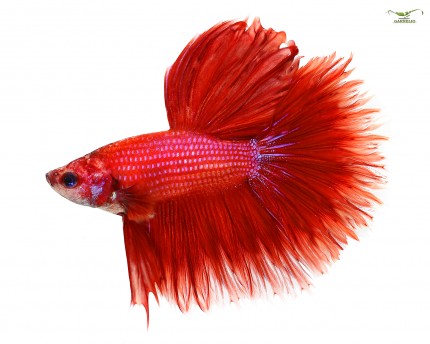

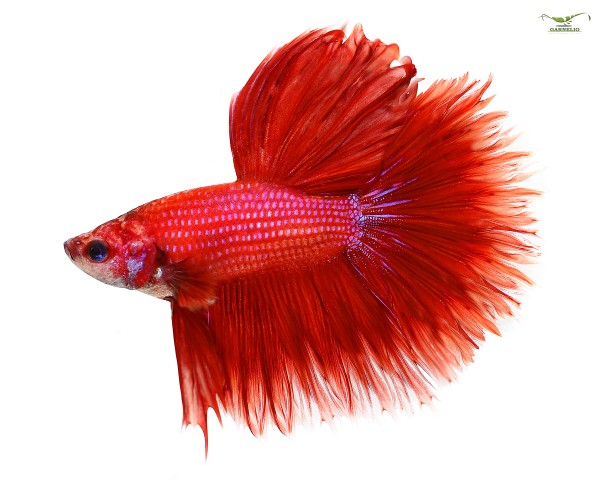


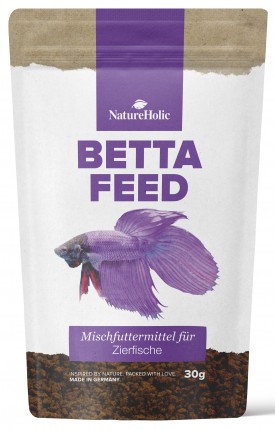
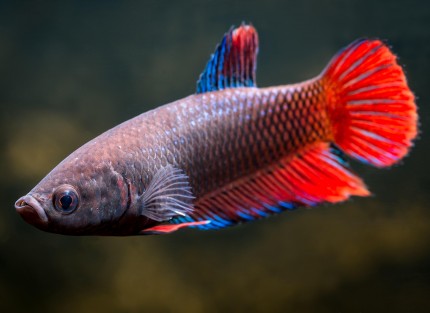

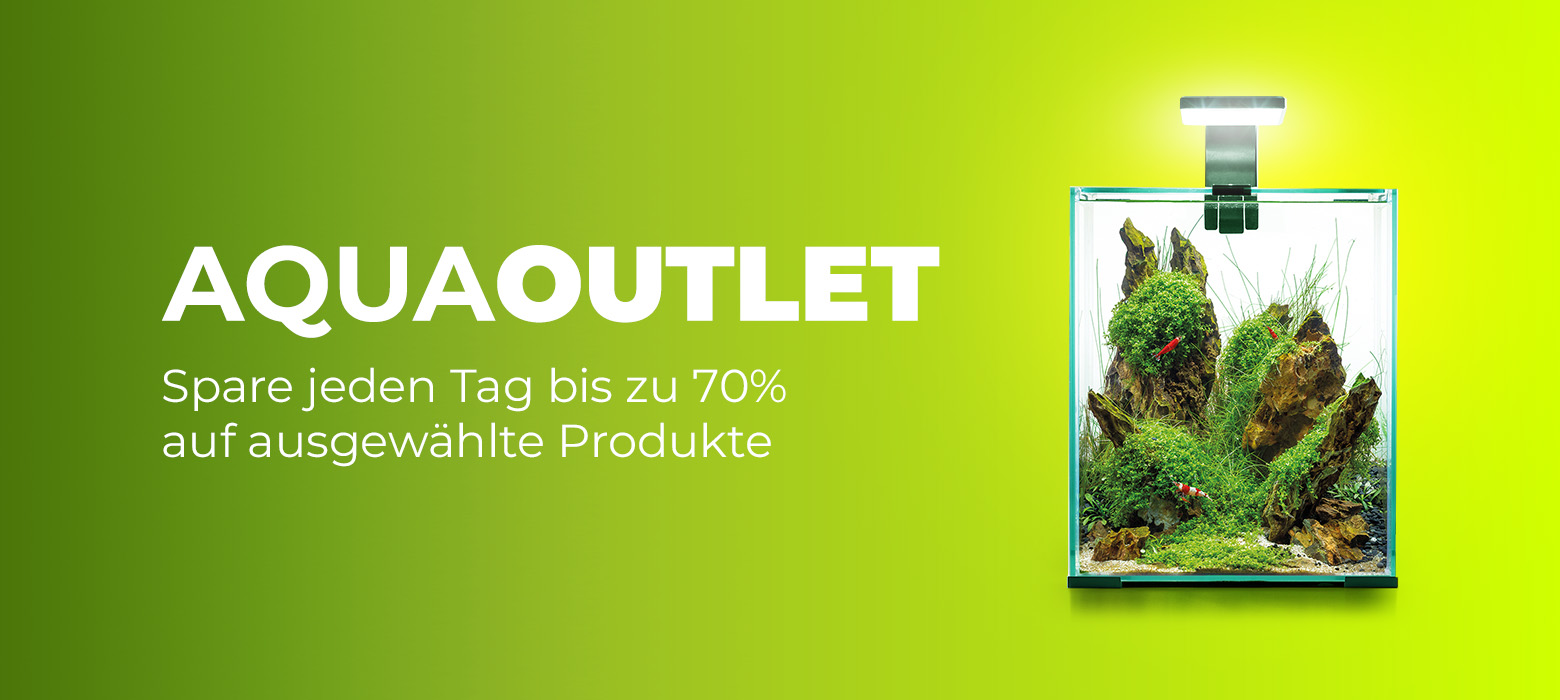
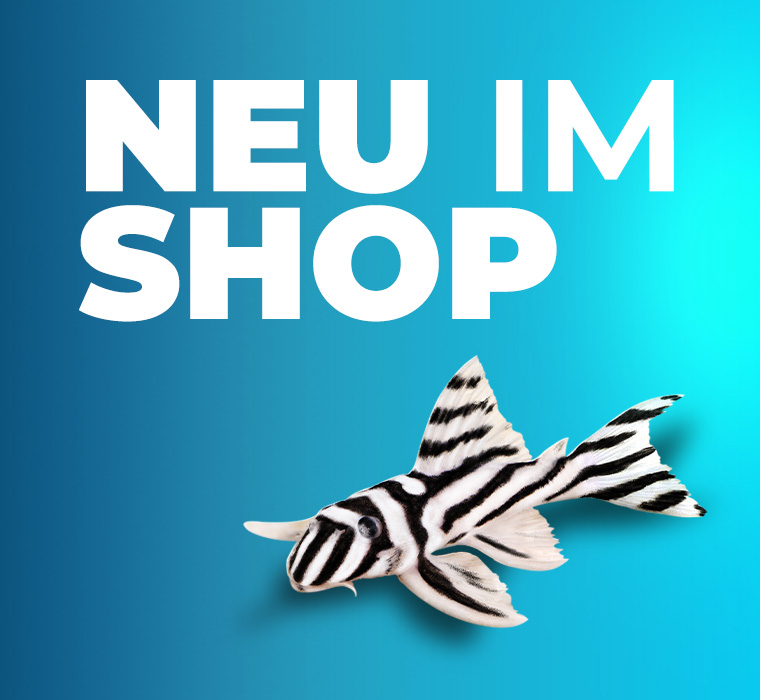
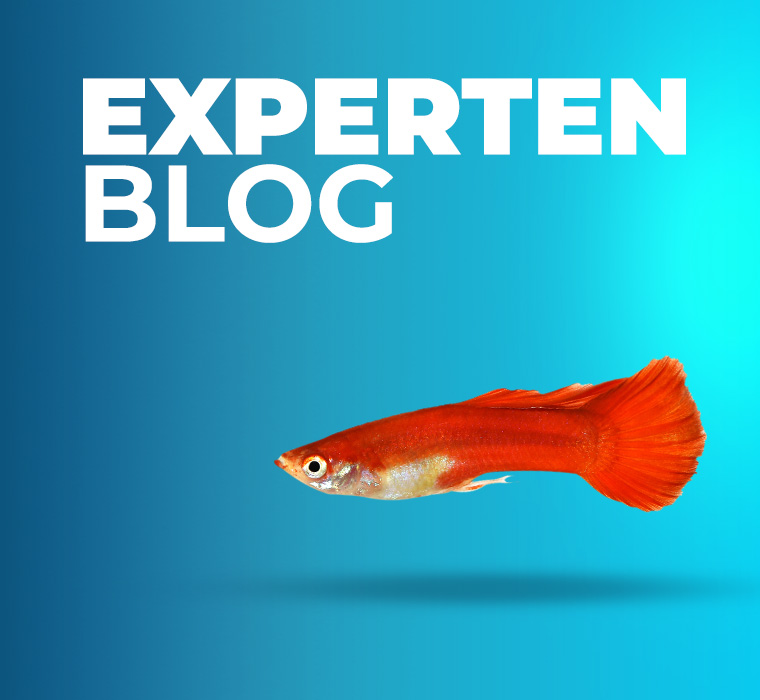

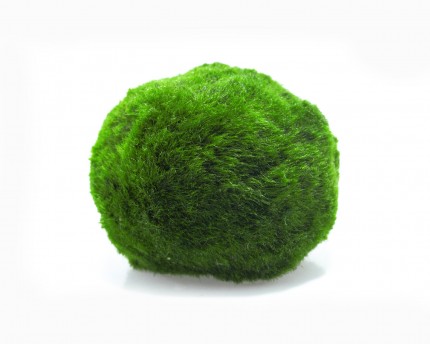
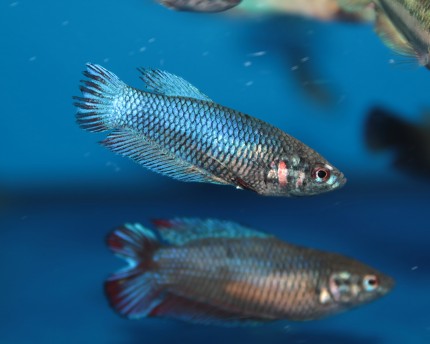
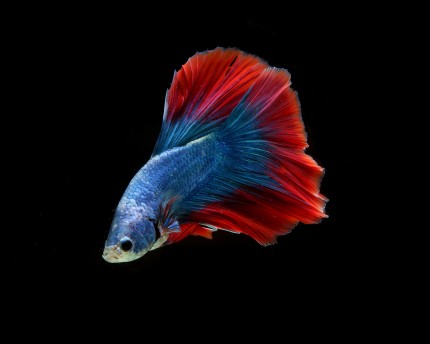
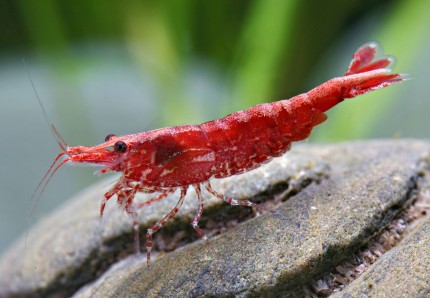
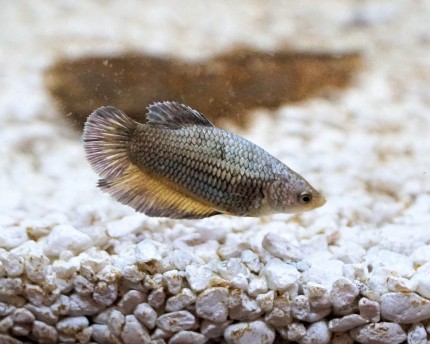
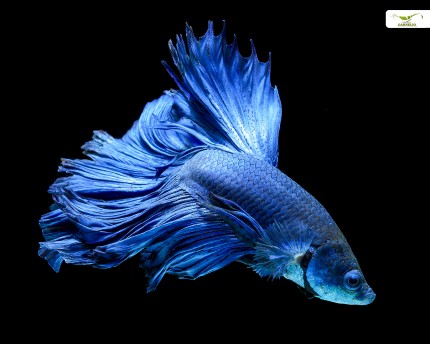
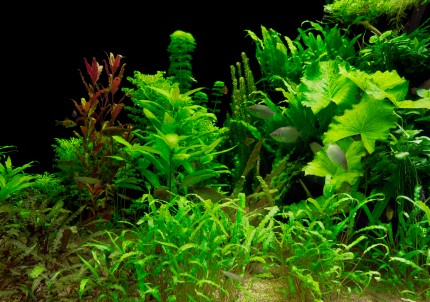
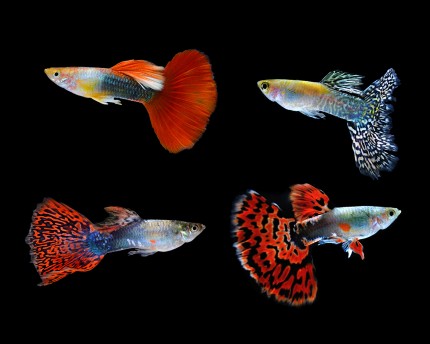
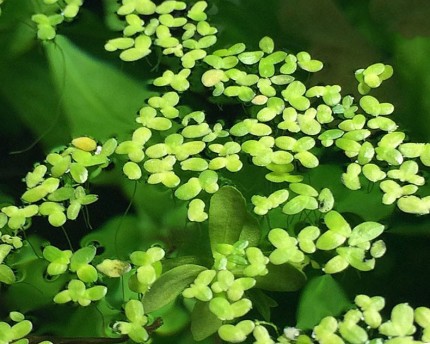
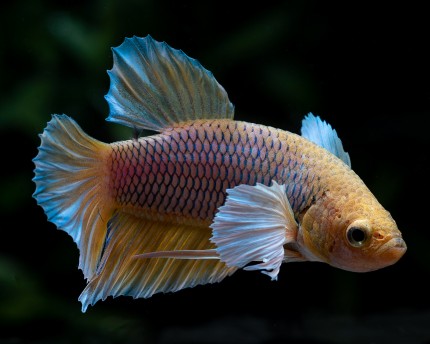
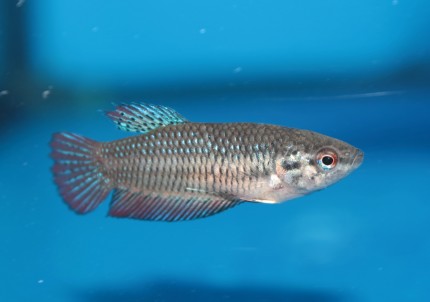
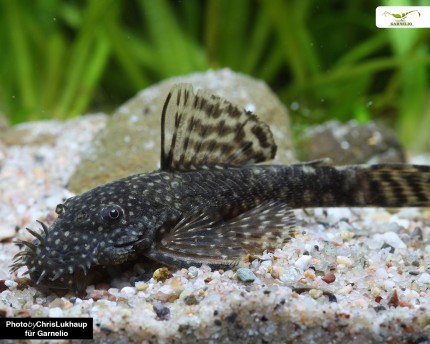
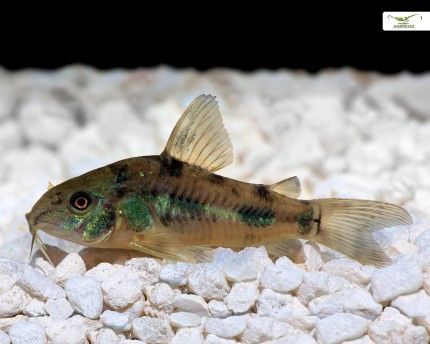
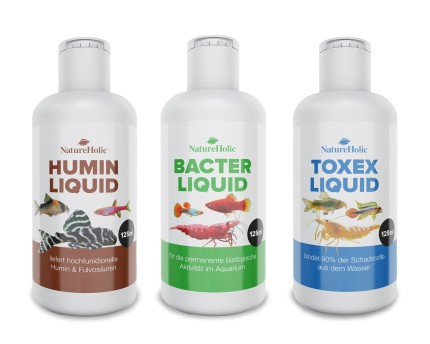
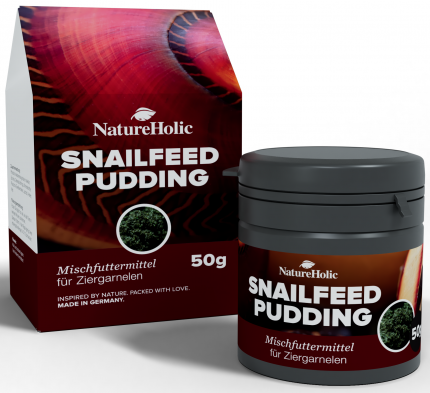
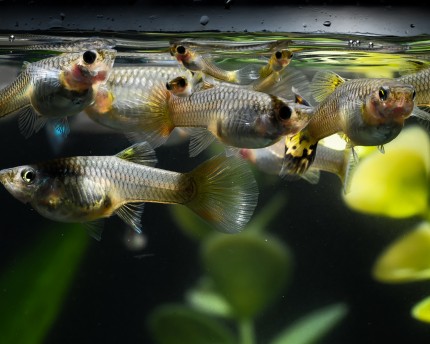
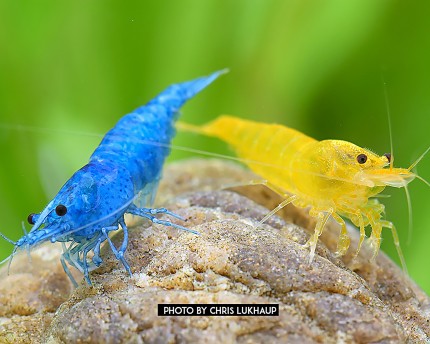
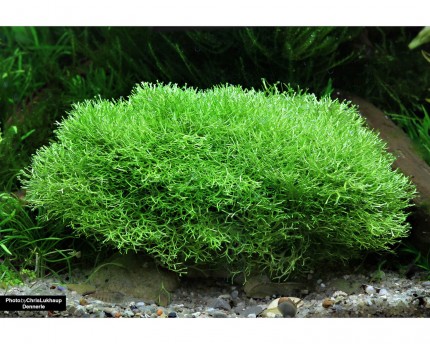
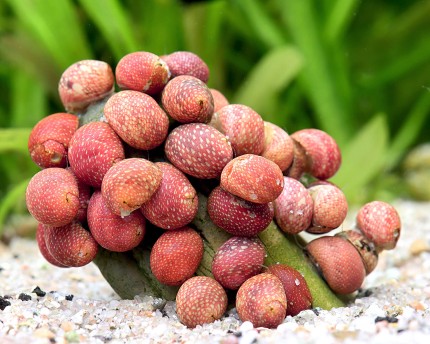
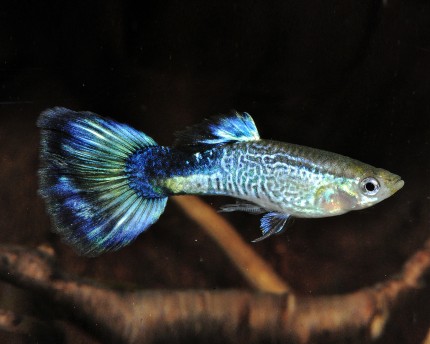
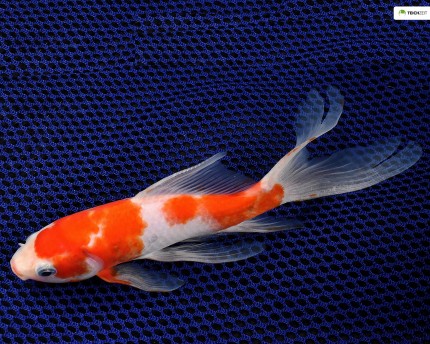
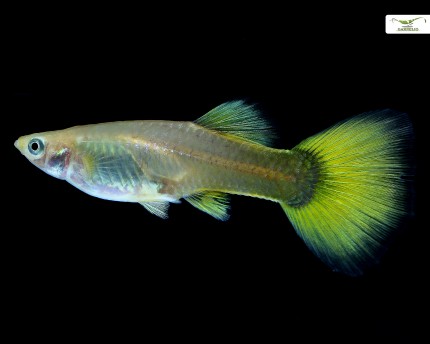
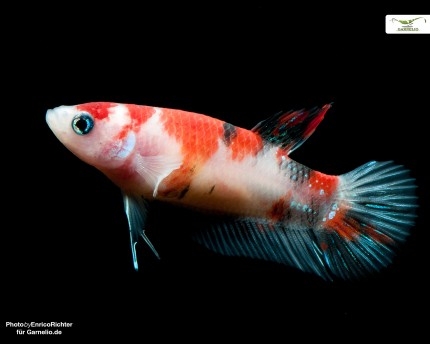
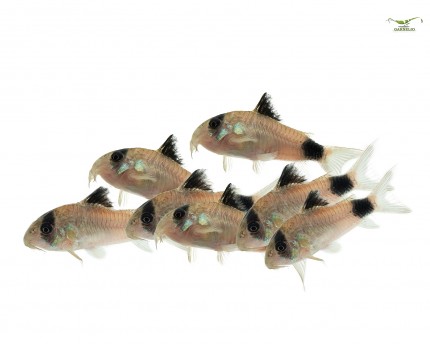
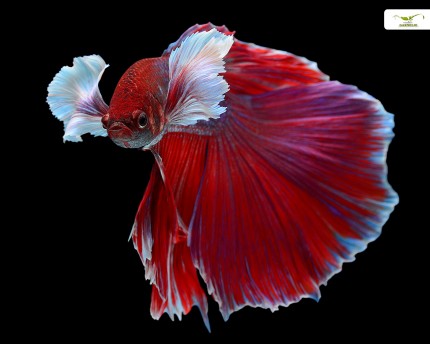
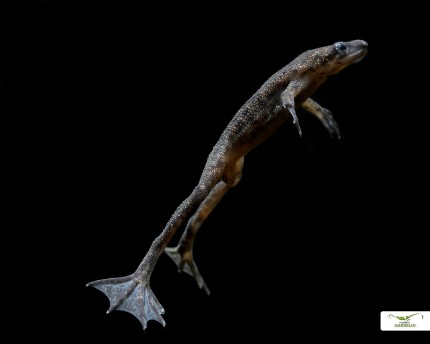
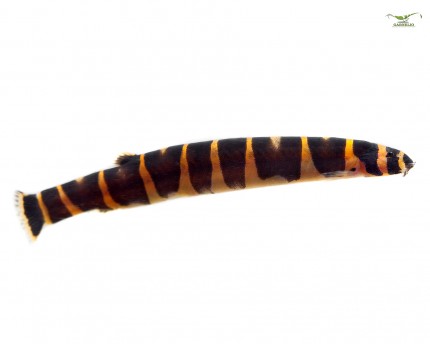
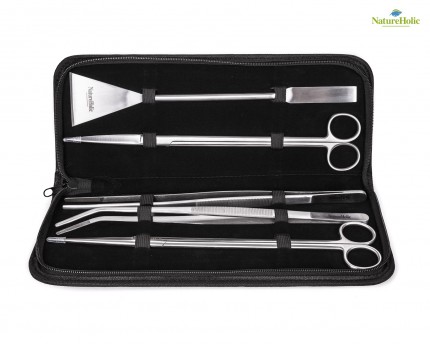
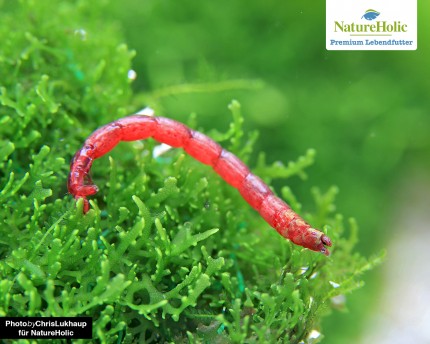
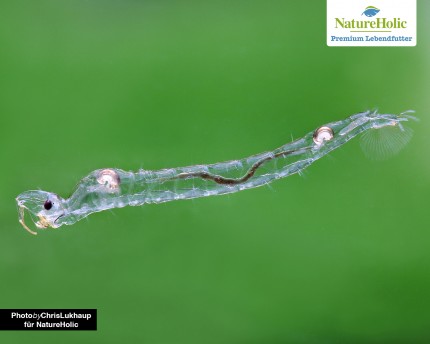
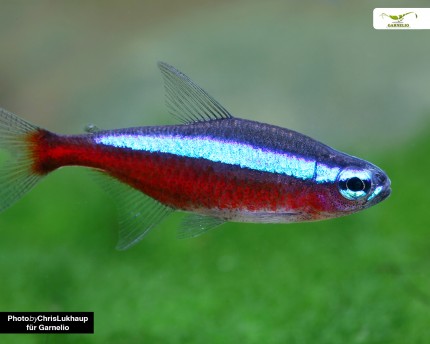
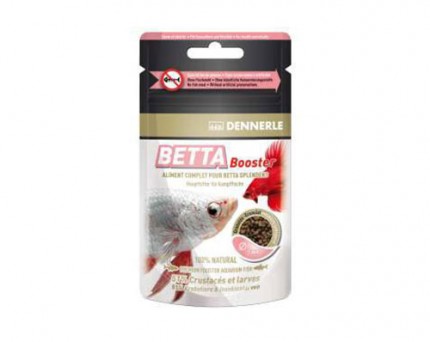
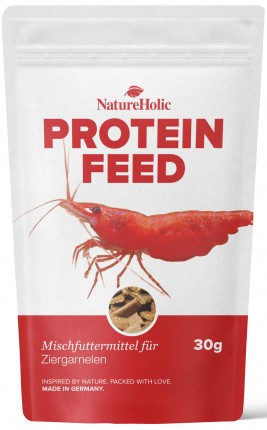
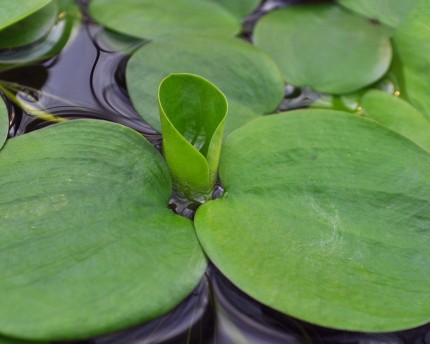
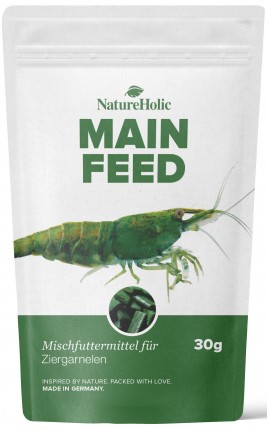
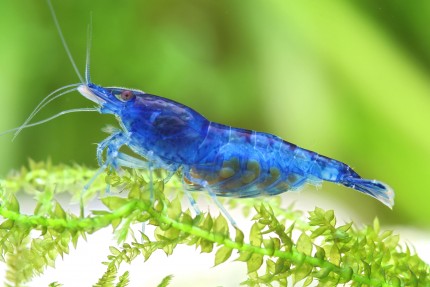
The fields marked with * are required.
I have taken note of the privacy policy.
Der kleine ist gut angeko...
Der kleine ist gut angekommen und ist fidel ?